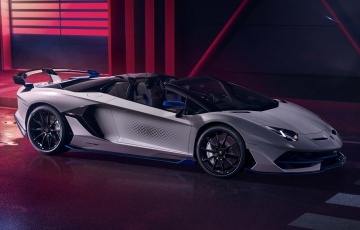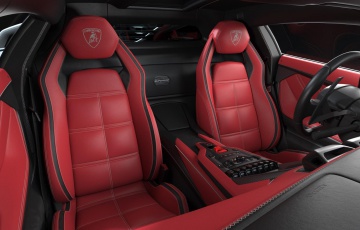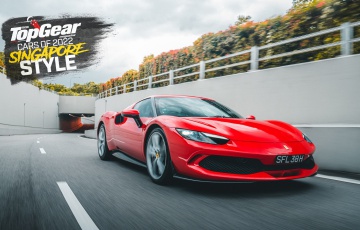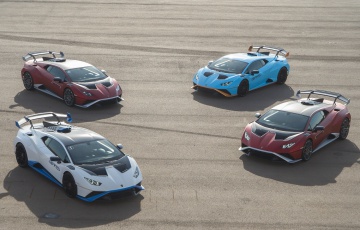Top Gear’s Top 9: Practical features in exotic supercars
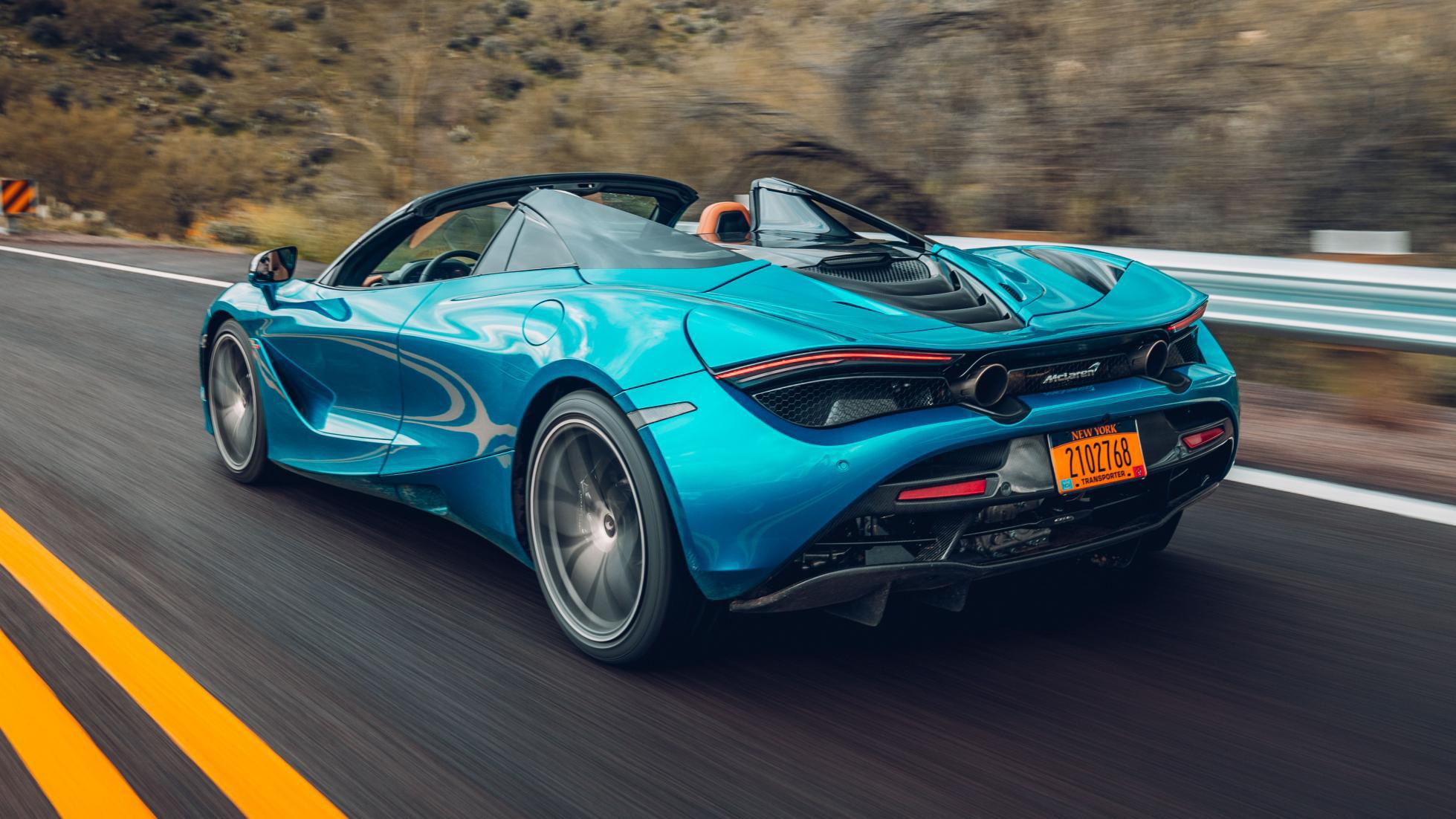
McLaren 720S Spider glass buttresses
You will not be surprised to learn McLaren is going to crop up a few times here.
The British brand knows how to pull off little tricks that make supercars everyday-liveable like no-one else.
Take the 720S Spider – it’s a 720hp missile with a foldaway roof.
Parking it should be, on paper, trickier than landing a fighter jet on an aircraft carrier, wearing a blindfold. In a hurricane.
But it isn’t, because McLaren has made those sculpted rear aero buttresses out of glass, so you can look straight through them.
Seriously, it’s harder to see out the back of a Golf GTI than one of these Big Macs.
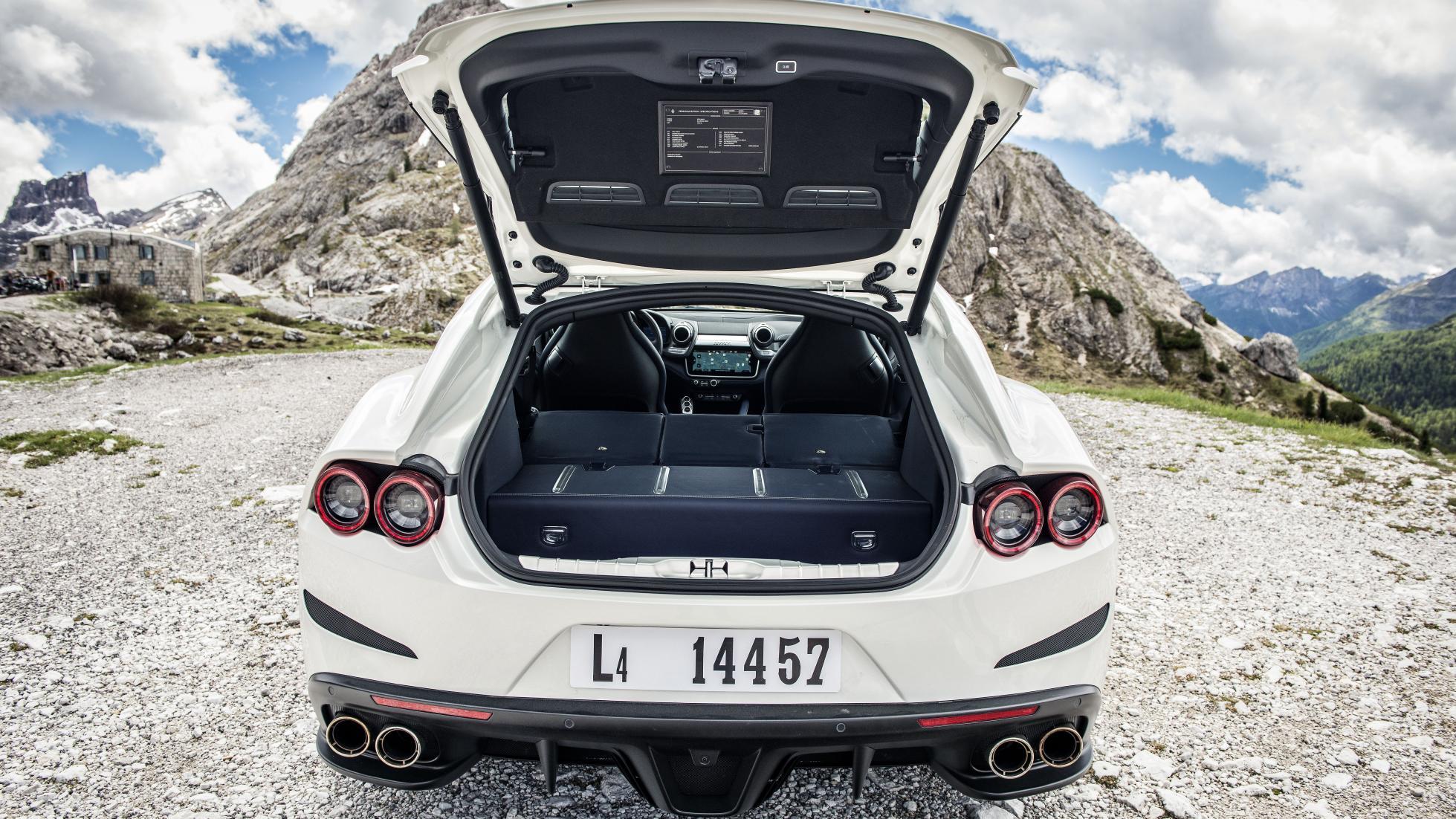
Ferrari GTC4 folding seats
On the one hand, of course an estate car, or a shooting brake for that matter, ought to have foldy-down seats.
On the other hand, Ferrari could well have argued that folding seats would add weight or compromise rigidity or make any excuse to avoid having them in its V12 clownshoe.
Fortunately, Ferrari went with the practical option, and as a result the FF and GTC4 offer 450-litres of boot space in four-seater mode, but 800-litres with the rear backrests flipped over. There’s no better-sounding way of taking grass-cuttings to the tip.
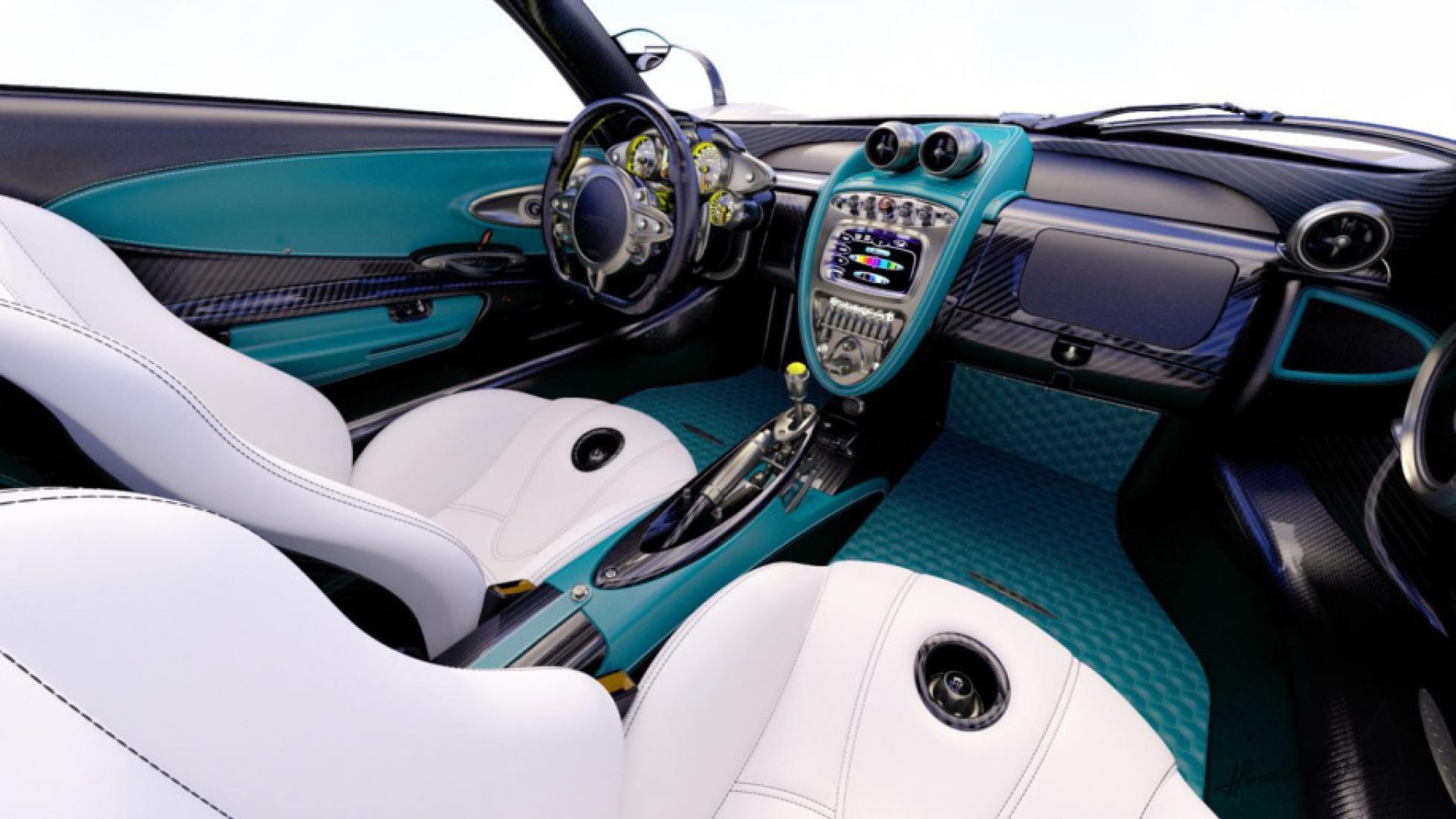
Pagani rotary seat adjusters
Sticking your hand between your legs and having a good twist is not a sociably acceptable activity we’d usually encourage on a family website.
But in a Pagani, where you raise and lower the height of the seat using a chrome-dome twisty thing, it feels utterly intuitive, and it’s yet another piece of otherwise mundane interior utility that Pagani’s turned into steampunk art.
Just be careful who’s peering inside when you attempt to jack up the seat…
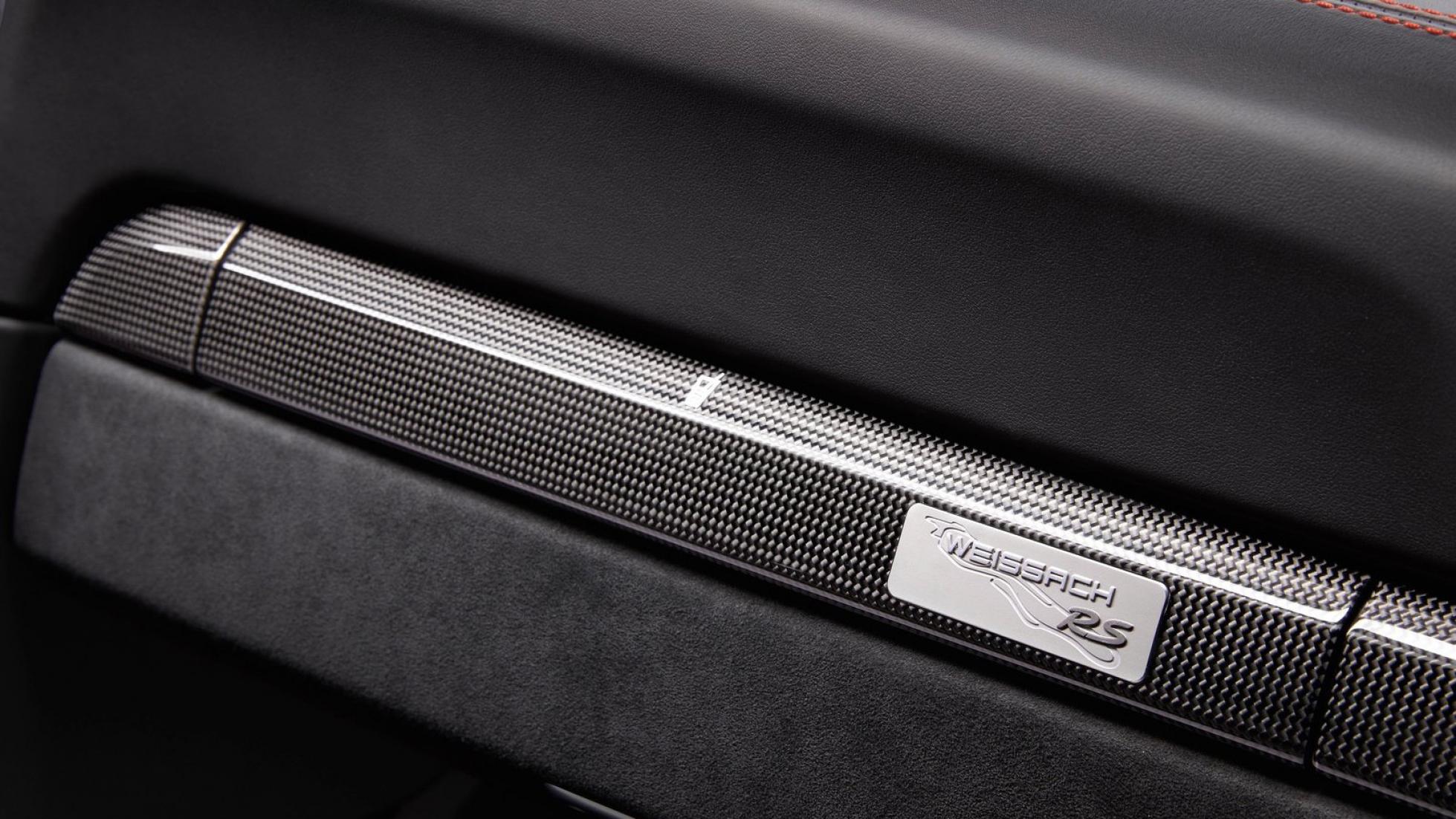
Porsche 911 GT2 RS adjustable cupholders
All 991-generation Porsches had this little Easter egg tucked into the dashboard: pop-out, spring-loaded cupholders that lurked behind a vanity panel above the glovebox. Once deployed, their cup-holding end could be adjusted on a ratchet to suit varying sizes of bottle.
So, with the GT2 RS, you got a 700hp turbo’d 911 that could keep up with a McLaren 720S, while holding tightly onto your Fanta Lemon. Sadly, Porsche ditched this genius set-up for the latest 992 version of its seminal sportscar. We’re over it, honest.
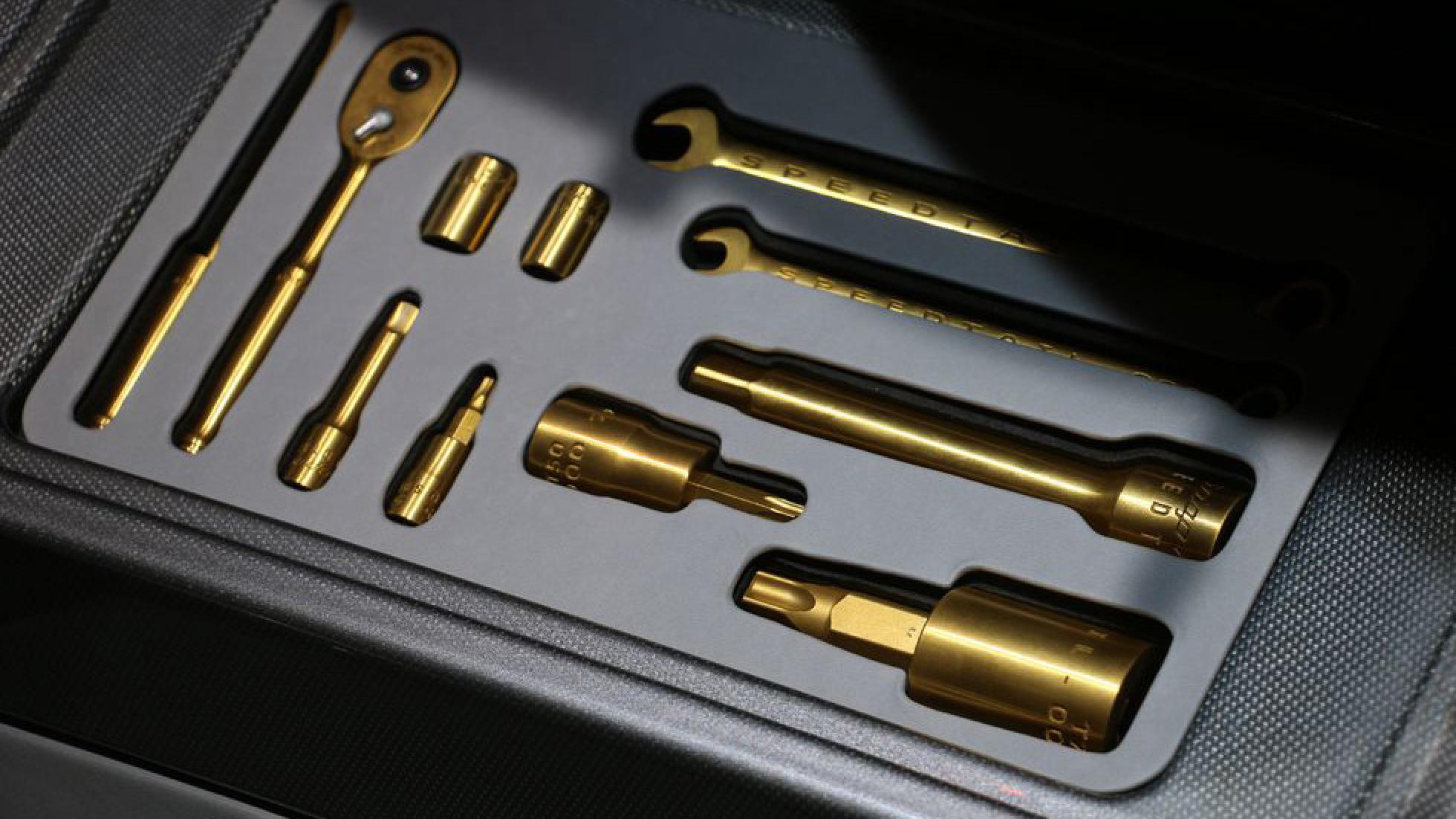
McLaren Speedtail on-board toolkit
It’s vanishingly unlikely that any of the 106 owners of McLaren’s 402km/h streamliner will attempt to service it themselves while bored on a Sunday morning. They’ll simply phone for a cargo jet and have it shipped back to Woking if there’s a warning light on the dashboard.
And yet, in a nod to the McLaren F1 – which is coming up shortly, practical design fans – the Speedtail does feature a custom fitted toolkit.
The spanners are 3D-printed in titanium by Snap-On, and apparently they’re 45 per cent lighter than a regular tool set.
They live in a purpose-built cubby in one of the carbon sills, never to be touched by anyone not wearing a McLaren polo shirt…
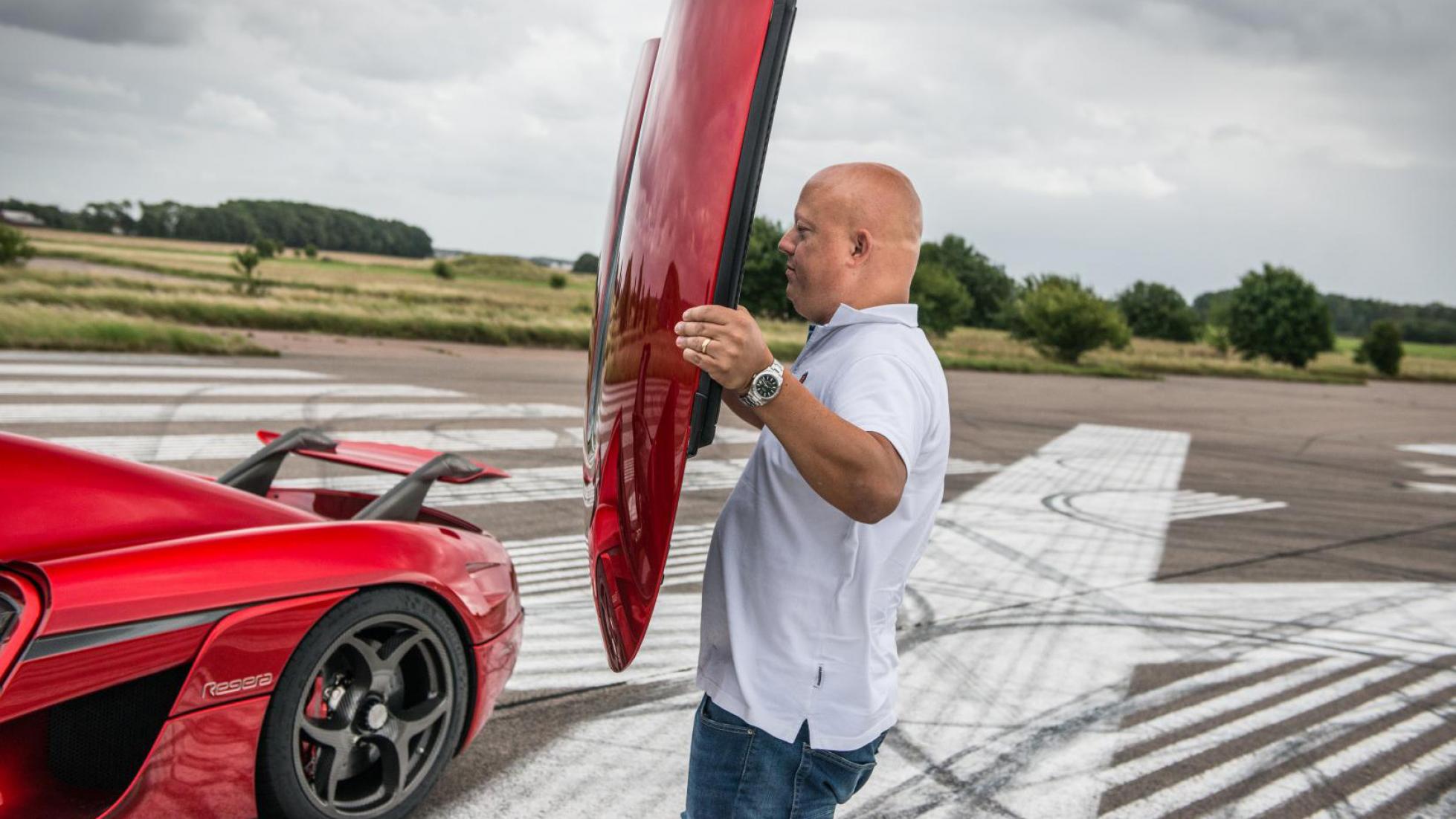
Koenigsegg’s roof-swallowing party piece
A trademark feature of Christian von Koenigsegg’s record-breaking Swedish hypercars has been their unlikely ability to swallow their own roof.
Yep, despite 400km/h+ top speeds, the likes of the CC8, CCR, CCX, Agera and Regera have all been designed with a lift-out targa roof panel that can be carried in the nose luggage well.
Even the new Jesko and Jesko Absolut – with claims of 500km/h v-max potential – continue the tradition. No wonder CvK doesn’t bother with a hairstyle.
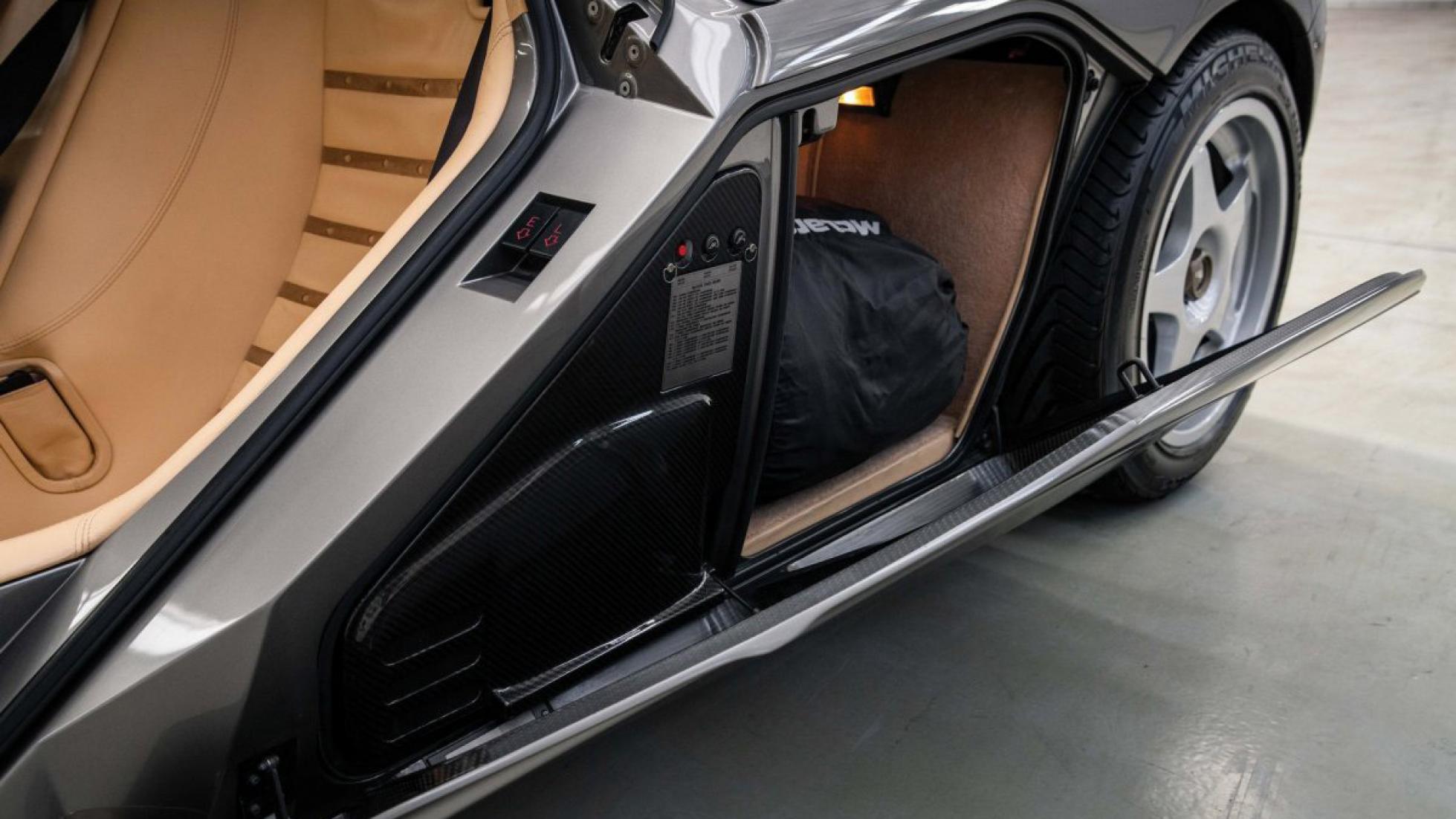
McLaren F1 storage lockers
It’s well-known than Gordon Murray was fascinated by Honda’s practical sports car, the NSX, and wanted his V12 masterpiece to have some of the Honda’s everyday user-friendly qualities.
While the NSX used its long, low drag tail to good effect by slotting a luggage compartment behind the compact V6, the F1 instead offered fitted luggage that sat happily in lockers ahead of the rear wheels.
At the time, it was claimed with some fanfare than the F1 actually offered as much luggage space, in raw litres, as a contemporary Ford Fiesta. Mind you, it could only seat three people. Tsk.

Lamborghini Huracan indicator switch
If you had to sum up a Huracan in a sentence, you could do worse than ‘an Audi R8 made pointier and more impractical in every single way’. The Lambo takes the same ingredients and mixes in worse visibility, a less user-friendly cabin, and because of its fighter jet looks, approximately eighty per cent more cameraphones are trained on your every move.
And yet, on the steering wheel, there’s a feature Audi didn’t bother with that makes the baby Lambo a bit easier in town. The little switch on the left of the steering wheel replaces a traditional indicator stalk.
It feels so material to flick it this way and that, barely moving your hand, compared to the Victorian-era faff of a stalk behind the steering wheel. Like Ferrari’s separate indicator buttons, it’s an acquired taste, but once you’ve mastered it, feels perfectly natural.
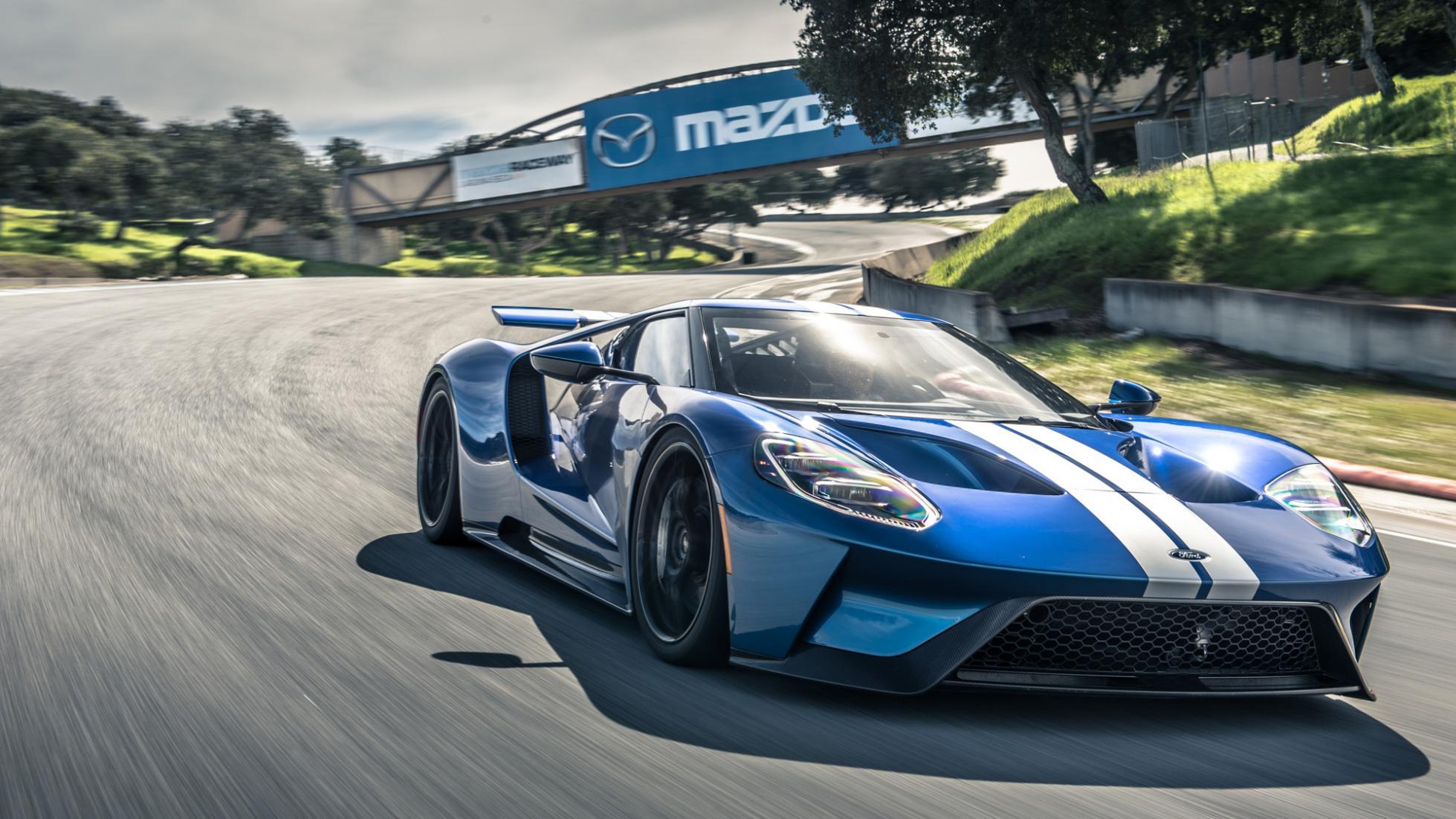
Ford GT superfast nose-lift
Most supercars have very low noses. And this can lead to embarrassing scrapes and graunches on your steep, block-paved driveway.
Most manufacturers now offer a nose-lift function that pneumatically raises the front of the car a few centimetres, to give it a crucial low-speed ride height boost.
But the Ford GT’s is almost instant, because it uses the car’s hydraulic active suspension system instead of waiting for a droning air pump to hoist the car’s front.
STORY Ollie Kew






